By 2018, Instagram’s US user base will top 100 million—reaching 106.2 million that year—when growth finally begins to taper off and dips into single digits for the first time.
Due to faster-than-expected growth in 2014, Instagram surpassed Twitter to become the second-largest social network in the US last year. Twitter’s US user base grew 12.1% in 2014 to reach 48.4 million users, eMarketer estimates. The gap in the number of users between Twitter and Instagram will continue to widen over our forecast period, with Twitter’s user growth slowing to single digits starting in 2015.
Teens and millennials dominate Instagram’s user base, and through 2019, a majority of the network’s users will be between the ages of 12 and 34. In 2015, 20.3 million US Instagram users, or 26.2% of the total, will fall within the 25-to-34 age group, and that group will maintain the largest portion of the Instagram audience throughout our forecast. The highest penetration, however, will remain in the 12-to-17 age group—61.9% of all US teens will use Instagram regularly this year, and by 2019, more than three-quarters will be Instagrammers.
Going forward, Instagram will also compete with other emerging social networks for attention among these younger demographics, and by extension, for brands’ ad dollars in reaching those demographics. However, over time, we believe Instagram’s straightforward and simple content feed has wider appeal across all demographics—no matter what age or level of digital savvy.
“Instagram has a lot of momentum in the US, growing faster than Twitter, Pinterest, Tumblr and Facebook,” said Debra Aho Williamson, principal analyst at eMarketer. “The simplicity of the app is what is most appealing; Instagram has stayed true to its core mission—delivering beautiful imagery and videos—while other services, such as Snapchat, have loaded on lots of new features.”
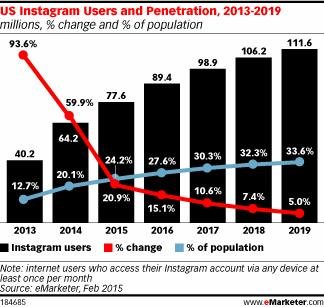
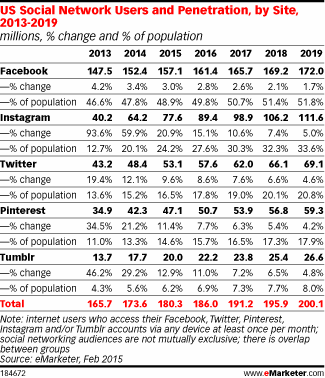
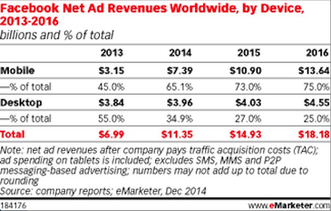
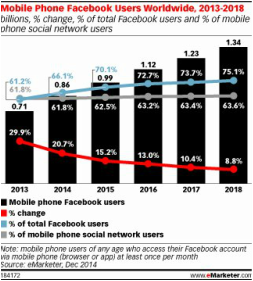
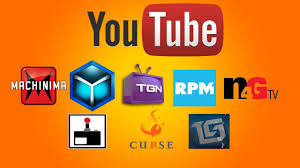
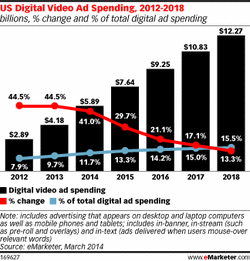

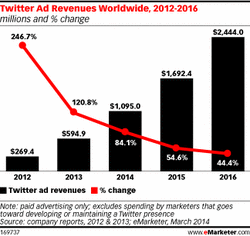
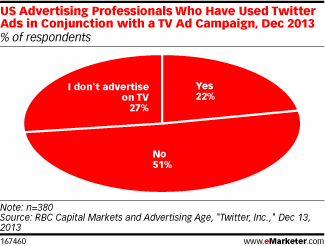
 RSS Feed
RSS Feed